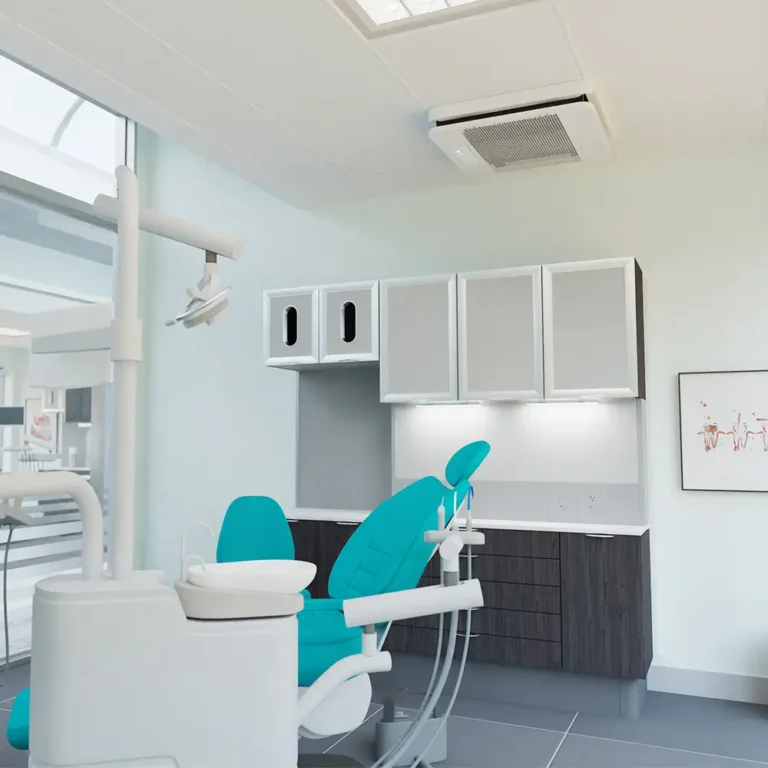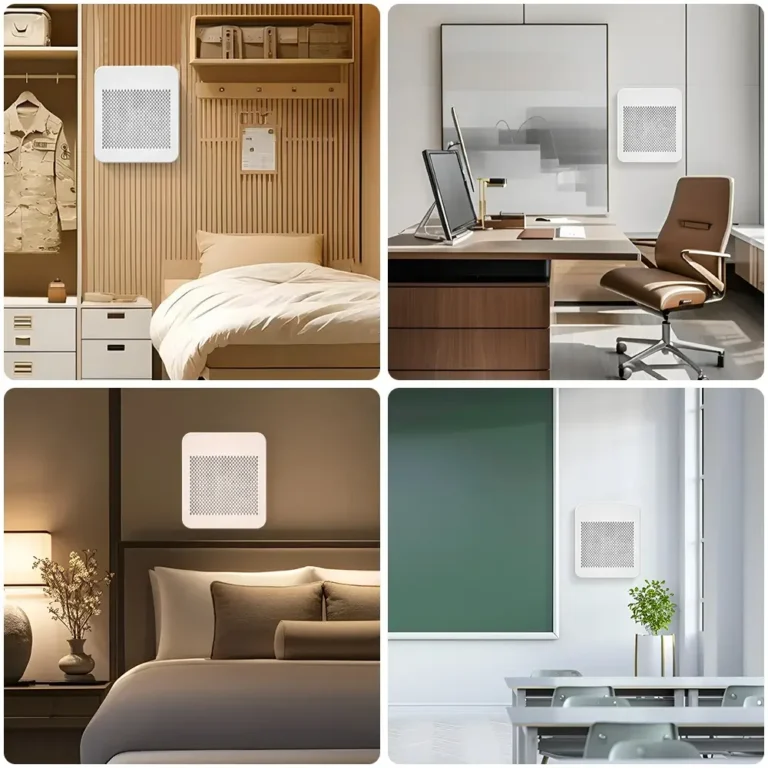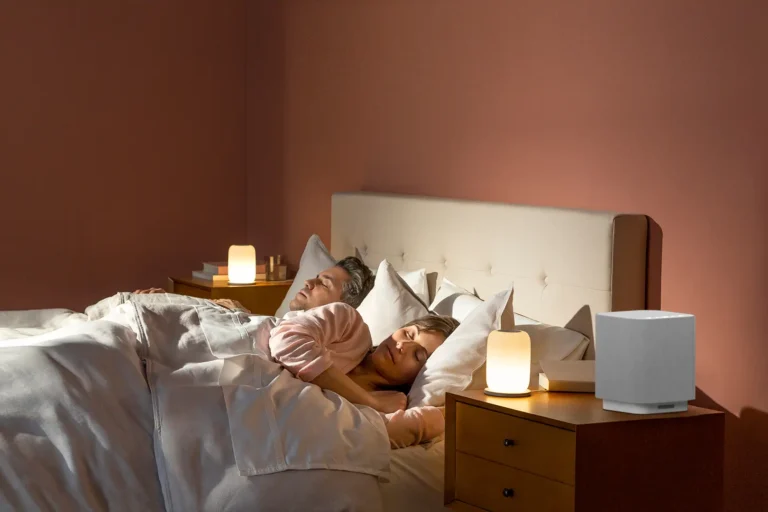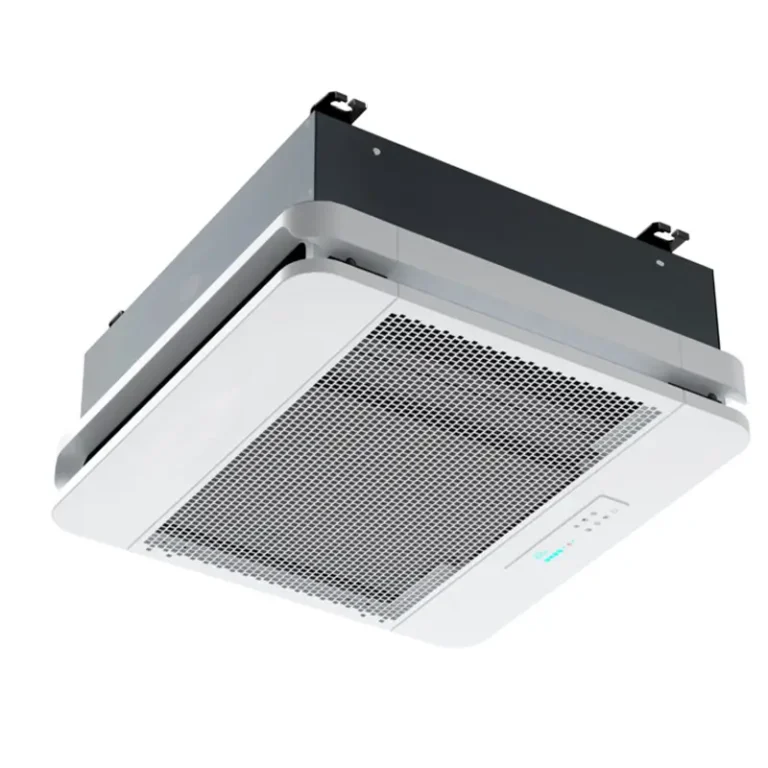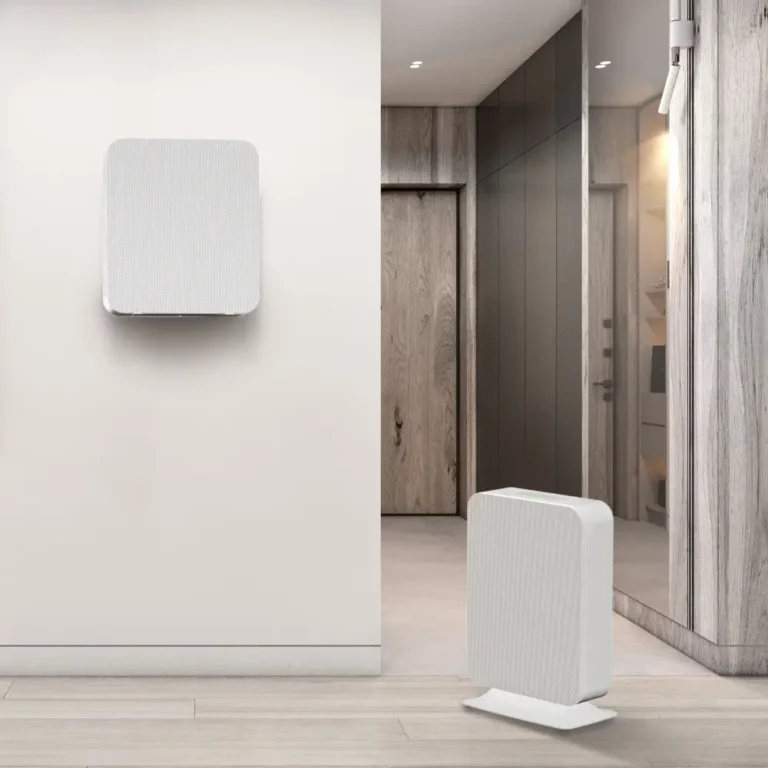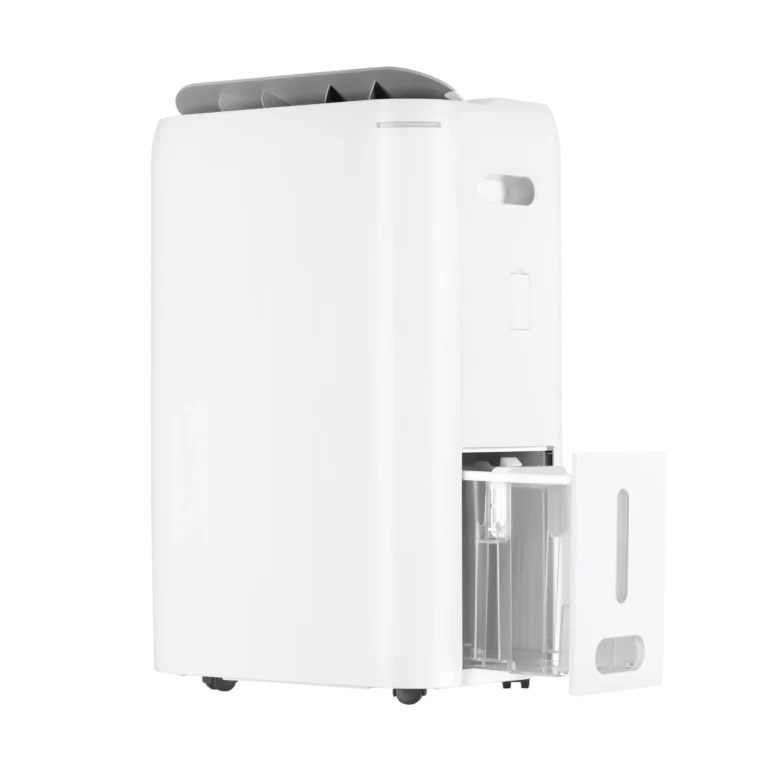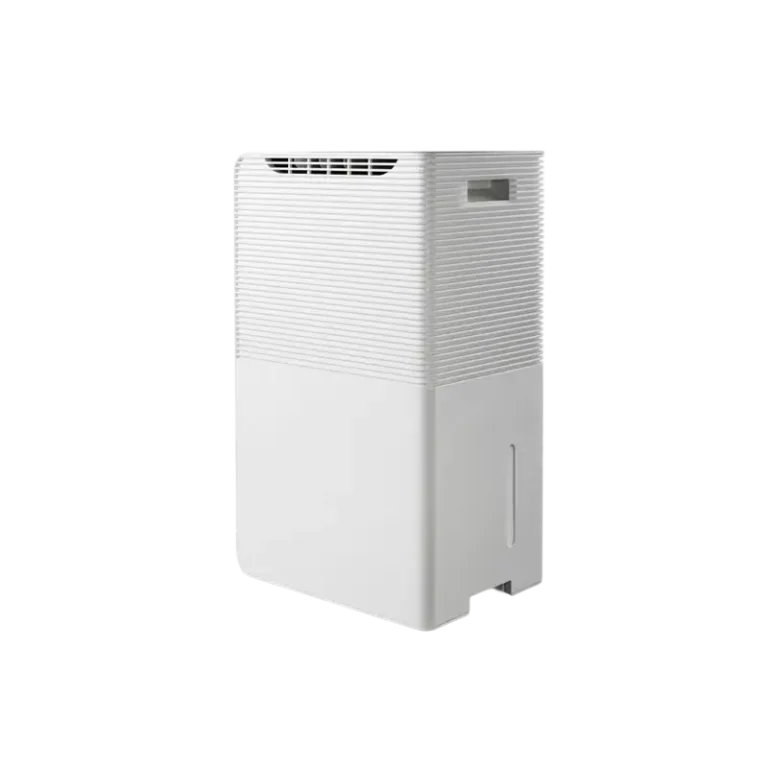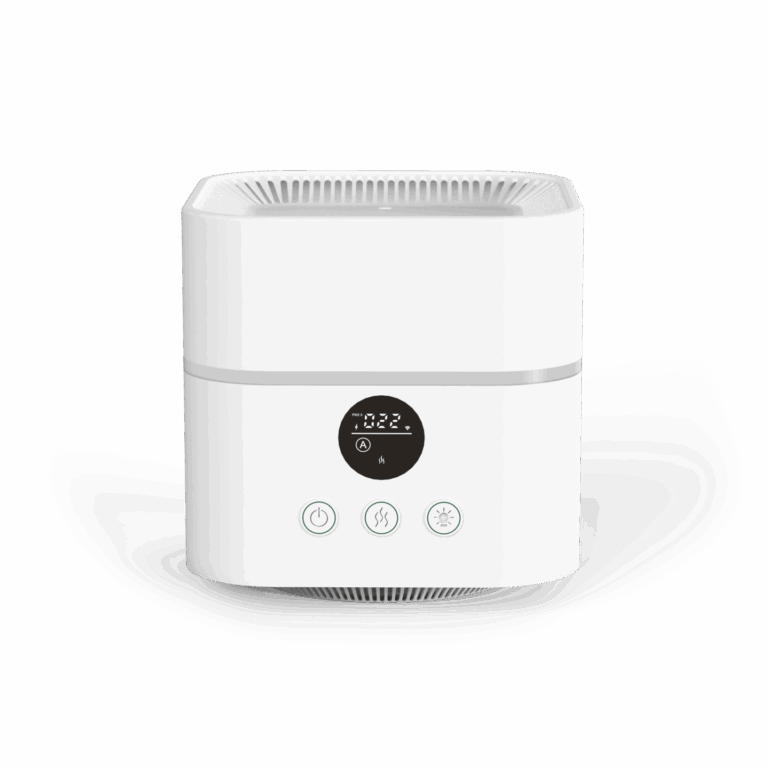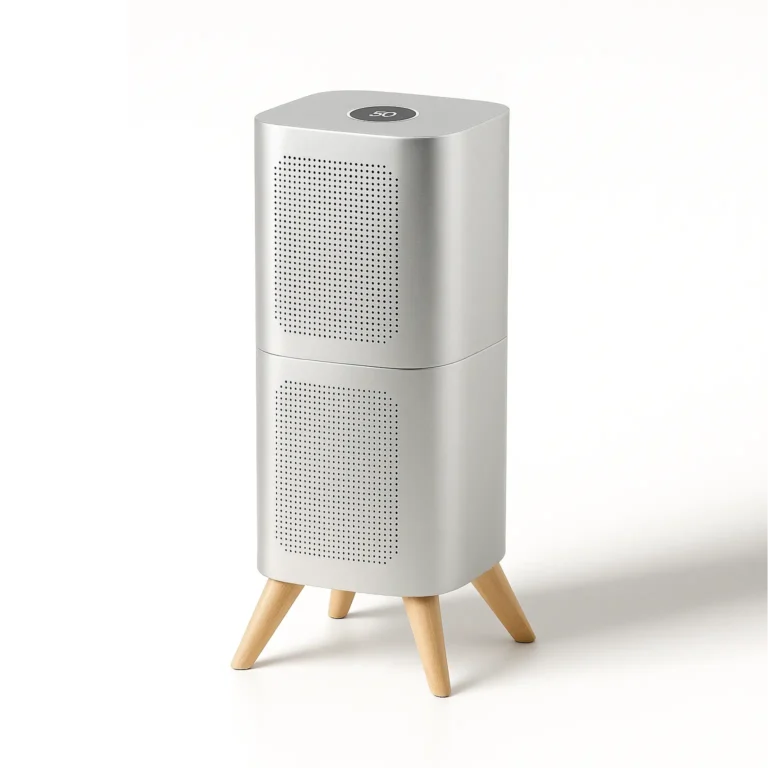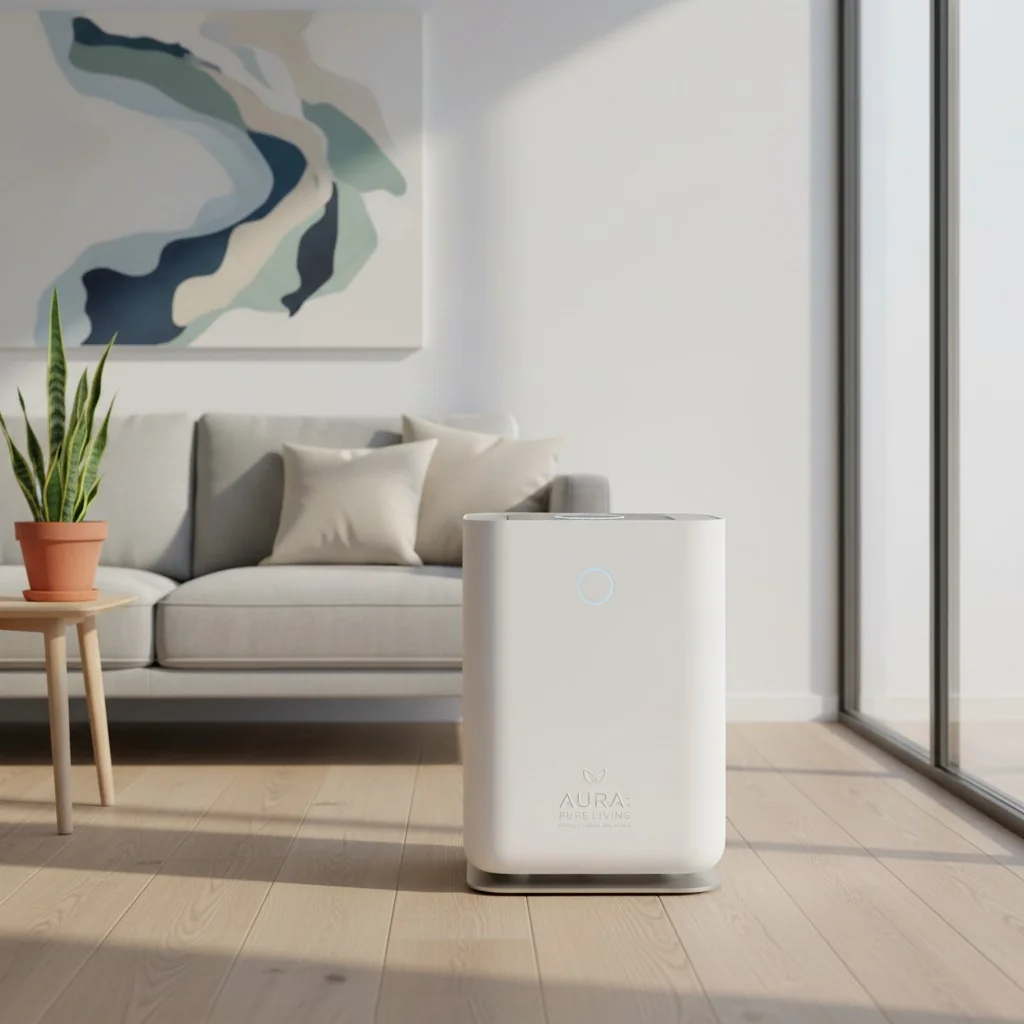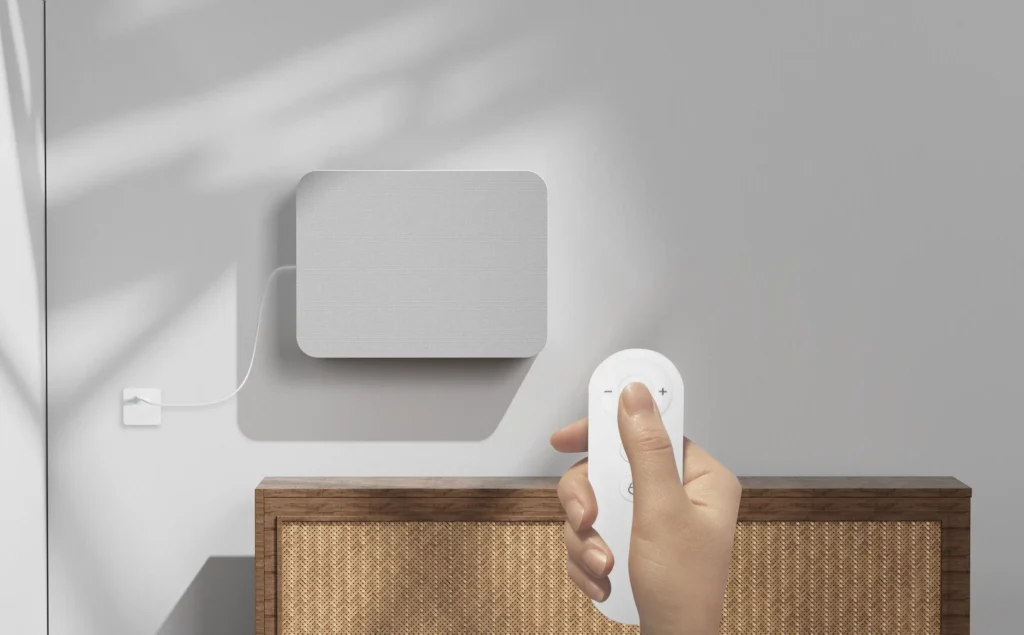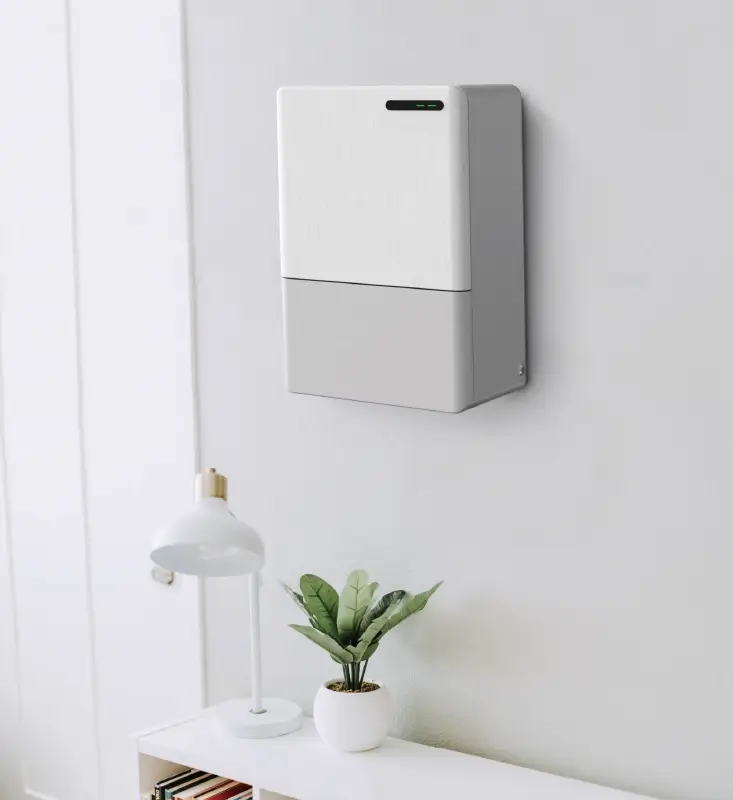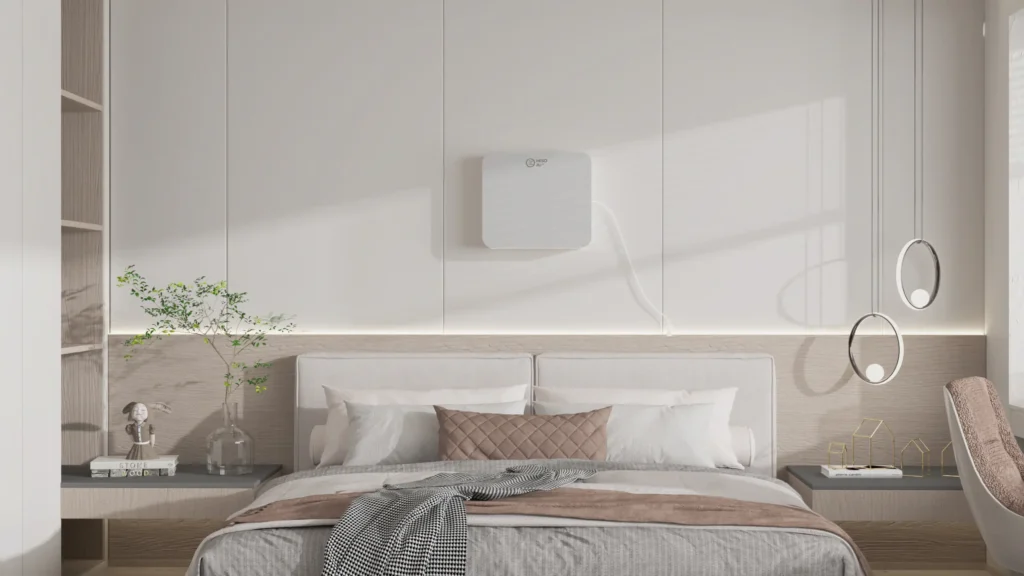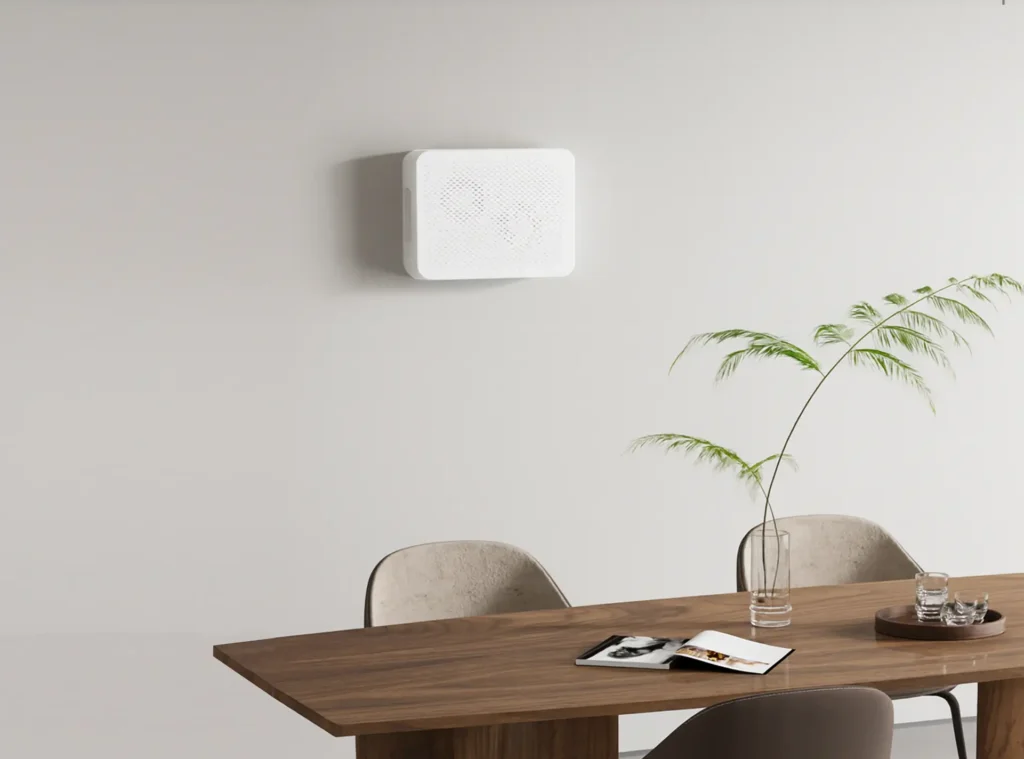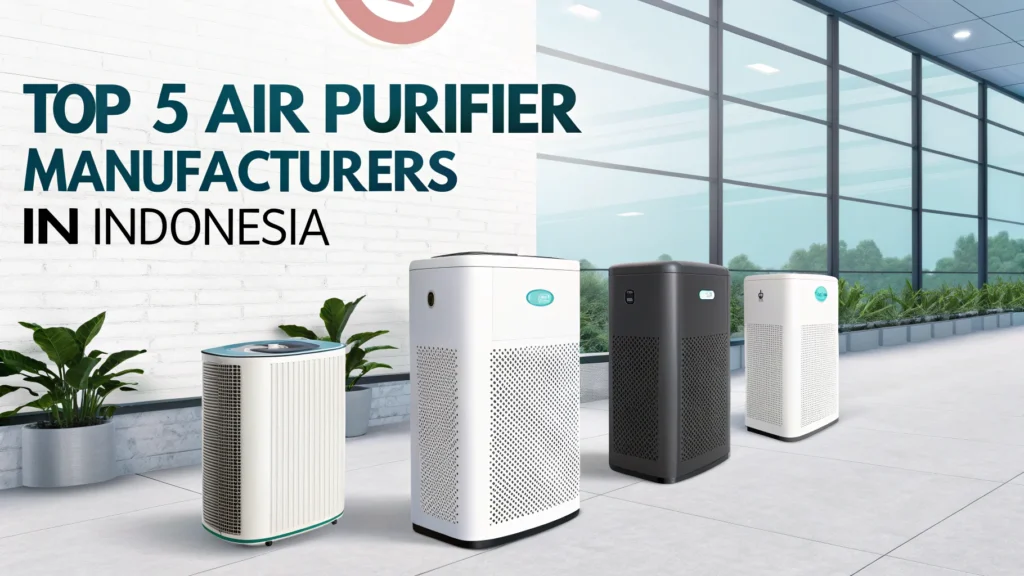In an era where indoor living dominates our daily routines, the quality of the air we breathe within our homes has become a paramount concern. Modern construction, designed for energy efficiency, often inadvertently traps a myriad of pollutants indoors, making our personal spaces potential reservoirs of unseen contaminants. From microscopic particulate matter to volatile organic compounds (VOCs) and biological allergens, these invisible adversaries can significantly impact our health, exacerbating conditions like allergies and asthma. This comprehensive guide delves into the necessity and strategic deployment of air purification systems, addressing the central question: Do you need an air purifier in every room? We will explore the science behind air purification, the various technologies at play, optimal placement strategies, and a detailed financial blueprint to help you make informed decisions for a healthier indoor environment.
Section 1: The Invisible Challenge: Understanding Your Home's Air
1.1 The Modern Home Paradox: How Energy-Efficient Homes Trap Pollutants
Modern homes are increasingly designed with energy efficiency in mind, featuring tighter seals, improved insulation, and advanced HVAC systems. While these innovations are crucial for reducing energy consumption and maintaining comfortable indoor temperatures, they inadvertently create a paradox: a sealed environment that traps indoor air pollutants. Reduced air exchange with the outdoors means that contaminants generated inside the home accumulate, often reaching concentrations significantly higher than those found in outdoor air. This phenomenon transforms our seemingly safe havens into potential breeding grounds for various airborne threats, necessitating a proactive approach to indoor air quality management.

1.2 Identifying the Adversaries: A Catalog of Common Indoor Pollutants
The air within our homes is a complex mixture, often containing a diverse array of pollutants that can compromise our health. These adversaries can be broadly categorized into three main types:
-
Particulate Matter (PM): These are microscopic solid or liquid particles suspended in the air. Sources include dust, pollen, pet dander, mold spores, smoke from cooking or candles, and emissions from fireplaces. PM2.5 (particles 2.5 micrometers or less in diameter) are particularly concerning as they can penetrate deep into the lungs and even enter the bloodstream, leading to respiratory and cardiovascular issues.
-
Volatile Organic Compounds (VOCs): These are gases emitted from certain solids or liquids, many of which have adverse health effects. Common sources in homes include paints, varnishes, wax, cleaning supplies, disinfectants, air fresheners, building materials, and furnishings. VOCs can cause eye, nose, and throat irritation, headaches, nausea, and damage to the liver, kidney, and central nervous system.
-
Biological Pollutants: This category encompasses living organisms or their byproducts that can trigger allergic reactions or infections. Examples include mold, mildew, bacteria, viruses, dust mites, and pet dander. These pollutants thrive in damp environments and can lead to a range of health problems, from allergic rhinitis and asthma attacks to more severe respiratory infections.
1.3 The Health Stakes: Connecting Poor Indoor Air Quality to Health Outcomes
The continuous exposure to these indoor air pollutants carries significant health stakes. For individuals with pre-existing conditions such as allergies and asthma, poor indoor air quality can trigger severe symptoms, leading to discomfort, reduced quality of life, and even emergency medical interventions. Beyond these immediate effects, long-term exposure to elevated levels of indoor pollutants has been linked to a spectrum of chronic health issues, including respiratory diseases, cardiovascular problems, and certain types of cancer. Children, the elderly, and individuals with compromised immune systems are particularly vulnerable to these adverse health outcomes, underscoring the critical need for effective indoor air purification strategies.
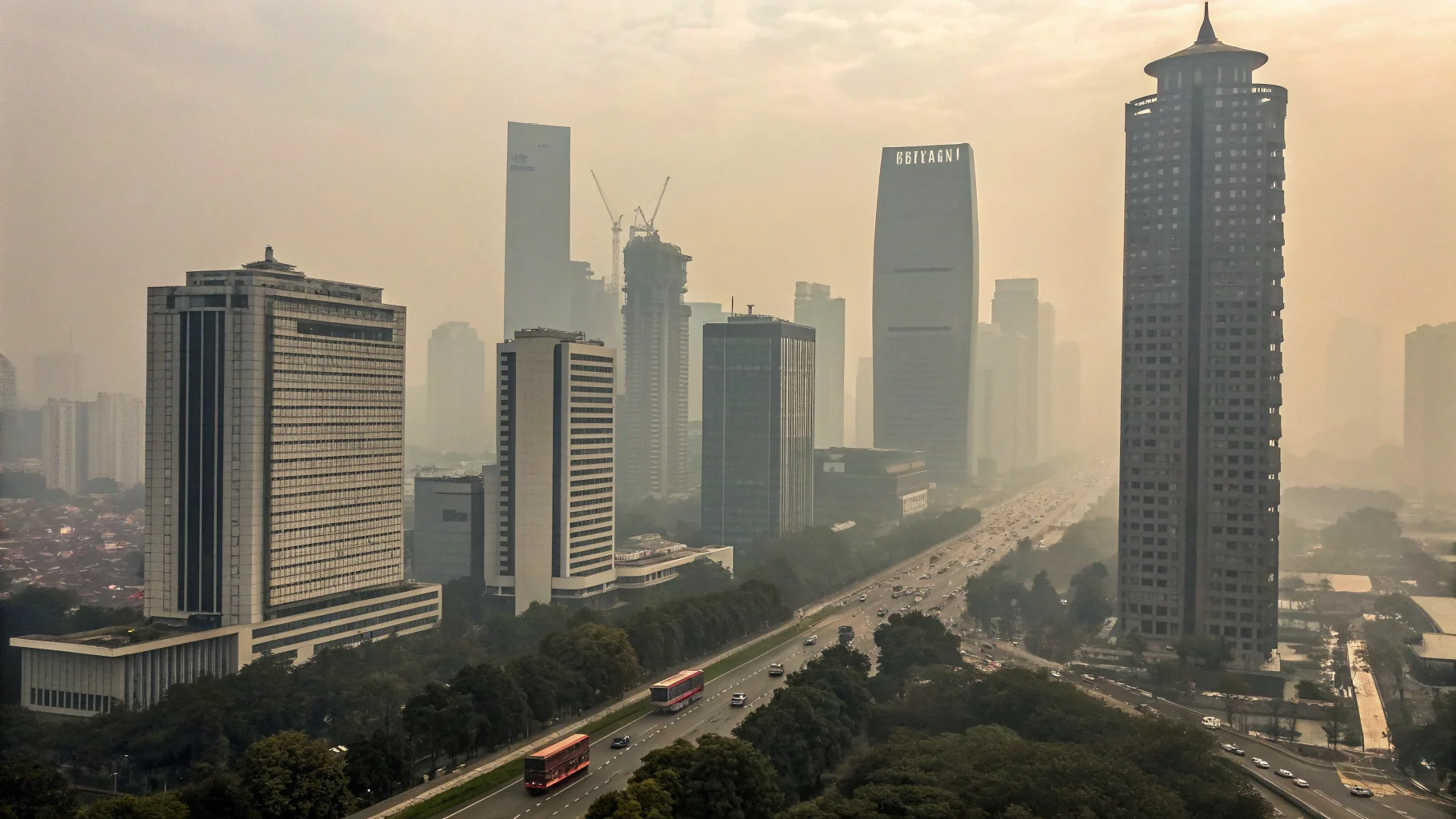
Section 2: Decoding the Technology: How Air Purifiers Clean Your Air
Understanding how air purifiers work is crucial for making an informed decision about their necessity and placement. At their core, air purifiers are designed to remove contaminants from the air, but they employ various technologies to achieve this. The most effective systems often combine multiple filtration methods to address a wide range of pollutants.
2.1 The Gold Standard for Particles: Explaining True HEPA Filtration
High-Efficiency Particulate Air (HEPA) filters are widely considered the gold standard for capturing airborne particles. A True HEPA filter is certified to capture 99.97% of airborne particles 0.3 microns in size. This includes common allergens like pollen, dust mites, mold spores, and pet dander, as well as bacteria and some viruses. The effectiveness of HEPA filters lies in their intricate design: a dense mat of randomly arranged fibers that trap particles through a combination of impaction, interception, and diffusion. This mechanical filtration method ensures that even the smallest and most elusive particles are effectively removed from the air, making HEPA purifiers indispensable for allergy and asthma sufferers.
2.2 The Gas and Odor Specialist: The Role of Activated Carbon Filters
While HEPA filters excel at capturing particulate matter, they are largely ineffective against gases, odors, and Volatile Organic Compounds (VOCs). This is where activated carbon filters come into play. Activated carbon is a highly porous material that has been treated to increase its surface area, making it exceptionally effective at adsorbing gaseous pollutants. Adsorption is a process where molecules adhere to the surface of the carbon, effectively trapping odors from cooking, pets, smoke, and chemical fumes. For comprehensive air purification, especially in environments with significant gaseous pollutants, an air purifier that combines both HEPA and activated carbon filtration is highly recommended.
2.3 The Most Important Metric: Defining Clean Air Delivery Rate (CADR) and How to Match It to Room Size
When evaluating the performance of an air purifier, the Clean Air Delivery Rate (CADR) is arguably the most important metric. CADR measures how quickly an air purifier removes pollutants from a room. It is expressed in cubic feet per minute (CFM) and is typically provided for three types of pollutants: smoke, pollen, and dust. A higher CADR indicates faster and more efficient air cleaning.
To effectively match a CADR rating to room size, consider the following:
- Room Area: Measure the square footage of the room where the purifier will be used.
- CADR for Room Size: A general rule of thumb is to choose an air purifier with a CADR rating that is at least two-thirds of the room's square footage for basic purification. For example, a 150 sq ft room would ideally need a CADR of at least 100 CFM. However, for individuals with allergies, asthma, or in environments with higher pollution levels, a CADR that allows for more air changes per hour (ACH) is preferable. Aim for at least 4-5 ACH for optimal performance, which means the purifier can clean the entire volume of air in the room 4-5 times per hour.
Table 1: Recommended CADR by Room Size (Approximate)
| Room Size (Square Feet) | Minimum Recommended CADR (CFM) | Recommended ACH (Air Changes Per Hour) |
|---|---|---|
| 100 | 67 | 4-5 |
| 150 | 100 | 4-5 |
| 200 | 133 | 4-5 |
| 300 | 200 | 4-5 |
| 400 | 267 | 4-5 |
| 500 | 333 | 4-5 |
Note: These are general guidelines. Factors like ceiling height, open doorways, and individual sensitivities may require a higher CADR.

HisoAir - Standing & Wall-Mounted Air Purifier HA380 (Fabric panel)
Section 3: The Strategist's Guide to Placement and Airflow
Even the most powerful air purifier will be ineffective if it's not placed correctly. Proper placement and consideration of airflow are crucial for maximizing the efficiency of your air purification system. This section provides a strategic guide to help you optimize the performance of your air purifiers.
3.1 The Fundamental Rule: The Importance of Giving Purifiers Space for Unobstructed Airflow
The most fundamental rule of air purifier placement is to ensure unobstructed airflow. Air purifiers work by drawing in polluted air, filtering it, and then releasing clean air back into the room. If the air intake or outlet is blocked, the purifier's ability to circulate and clean the air is severely compromised. To avoid this, place your air purifier in an open area, away from walls, furniture, and other objects that could impede airflow. A clearance of at least 1-2 feet on all sides is generally recommended. Avoid placing purifiers in corners or under tables, as this will significantly reduce their effectiveness.
3.2 The Impact of Home Architecture: Analyzing Open-Concept, Compartmentalized, and Multi-Story Layouts
The architectural layout of your home plays a significant role in determining the best air purification strategy. Different layouts present unique challenges and opportunities for airflow and pollutant distribution.
-
Open-Concept Layouts: In homes with open-concept designs, where the living room, dining room, and kitchen are combined into one large space, a single, high-capacity air purifier can be effective. The lack of walls allows for better air circulation, enabling a powerful unit to clean a larger area. However, it's important to choose a purifier with a CADR that matches the total square footage of the open space.
-
Compartmentalized Layouts: Homes with traditional, compartmentalized layouts, where rooms are separated by walls and doors, present a greater challenge for air purification. A single air purifier, even a high-capacity one, will struggle to clean the air in multiple rooms. In this case, a multi-purifier strategy, with individual units placed in key rooms, is more effective.
-
Multi-Story Layouts: For multi-story homes, it's essential to have at least one air purifier on each level. Air does not circulate well between floors, so a purifier on the ground floor will have little to no impact on the air quality of the second floor. Prioritize placing purifiers in the most frequently used rooms on each level, such as bedrooms and living areas.
3.3 Room-by-Room Tactical Placement: Optimal Placement Strategies for Bedrooms, Living Rooms, and Kitchens
In addition to the general placement guidelines, there are specific tactical considerations for different rooms in the house:
-
Bedrooms: Since we spend a significant portion of our time sleeping, the bedroom is a critical area for air purification. Place the air purifier a few feet away from your bed, pointing the clean air outlet towards your sleeping area. This will ensure that you are breathing the cleanest possible air throughout the night. Avoid placing the purifier directly next to your head, as the airflow may be too strong and cause discomfort.
-
Living Rooms: In living rooms, place the air purifier in an area with good air circulation, such as near a doorway or in the center of the room. If you have specific sources of pollution, like a fireplace or a pet's favorite spot, place the purifier closer to those areas to capture pollutants at their source.
-
Kitchens: Kitchens can be a major source of indoor air pollution, with cooking fumes, smoke, and odors. While a range hood is the primary defense against cooking-related pollutants, an air purifier can provide additional filtration. Place the purifier away from the stove and other heat sources, and ensure it has a carbon filter to effectively remove odors and VOCs.
By strategically placing your air purifiers and considering the unique architectural features of your home, you can significantly enhance their performance and create a healthier indoor environment.
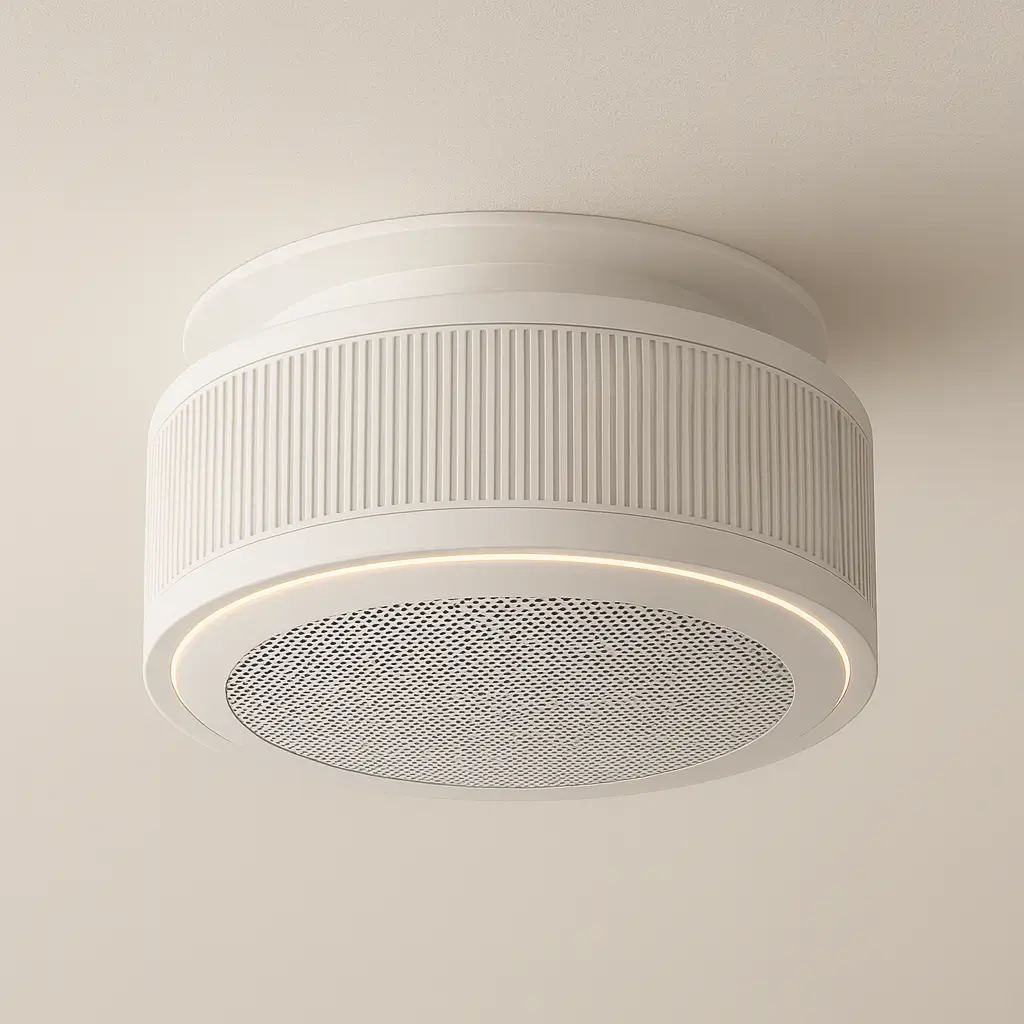
HisoAir - DIY friendly Ceiling air purifier HA1002
Section 4: The Central Question: A Purifier in Every Room?
This brings us to the central question: is it necessary to have an air purifier in every room? The answer depends on a variety of factors, including your budget, your health needs, and the layout of your home. There are several strategies to consider, each with its own set of pros and cons.
4.1 Strategy 1: The "One in Every Room" Approach (Total Coverage)
Placing an air purifier in every room of your home provides the most comprehensive and effective air purification. This approach ensures that every corner of your living space is protected from airborne pollutants, creating a consistently clean and healthy indoor environment.
- Pros: Maximum pollutant removal, ideal for individuals with severe allergies or asthma, provides peace of mind.
- Cons: High initial cost, increased energy consumption, more frequent filter replacements.
4.2 Strategy 2: Targeted Purification (The Prioritization Approach)
A more common and cost-effective approach is to prioritize the rooms where you spend the most time. This typically includes the bedroom, where you sleep for 6-8 hours a day, and the living room, where you relax and entertain. By focusing on these high-use areas, you can significantly improve your indoor air quality without the expense of a whole-house solution.
- Pros: More affordable than the "one in every room" approach, focuses on the areas where you'll receive the most benefit, can be expanded over time.
- Cons: Less comprehensive than total coverage, may not be sufficient for individuals with severe sensitivities.
4.3 Strategy 3: The Single High-Capacity Unit
For homes with open-concept layouts, a single, high-capacity air purifier can be a viable option. These powerful units are designed to clean large spaces and can effectively circulate air throughout an open floor plan. However, this strategy is not suitable for homes with compartmentalized layouts, as walls and doors will block airflow.
- Pros: Can be more cost-effective than multiple smaller units, simplifies maintenance with only one set of filters to replace.
- Cons: Only effective in open-concept layouts, may not provide adequate purification in enclosed rooms.
4.4 Strategy 4: The Mobile Solution (Moving One Purifier)
For those on a tight budget, a mobile solution, where a single air purifier is moved from room to room as needed, can be a temporary option. For example, you could use the purifier in the living room during the day and move it to the bedroom at night. However, this approach is less effective than having dedicated units in each room, as it takes time for the purifier to clean the air in a new space.
- Pros: Most budget-friendly option.
- Cons: Less effective than other strategies, inconvenient to move the purifier, may not be practical for larger homes.
Table 2: Comparison of Air Purification Strategies
| 전략 | 장점 | 단점 | Best For |
|---|---|---|---|
| One in Every Room | Maximum pollutant removal, ideal for severe allergies/asthma | High initial cost, increased energy consumption, more filter replacements | Individuals with severe respiratory conditions, those who want the most comprehensive solution |
| Targeted Purification | More affordable, focuses on high-use areas, expandable | Less comprehensive, may not be sufficient for severe sensitivities | Most households, individuals with mild to moderate allergies/asthma |
| Single High-Capacity Unit | Cost-effective for large spaces, simplified maintenance | Only effective in open-concept layouts, may not purify enclosed rooms | Homes with open-concept layouts |
| Mobile Solution | Most budget-friendly | Less effective, inconvenient, not practical for large homes | Individuals on a tight budget, temporary solution |
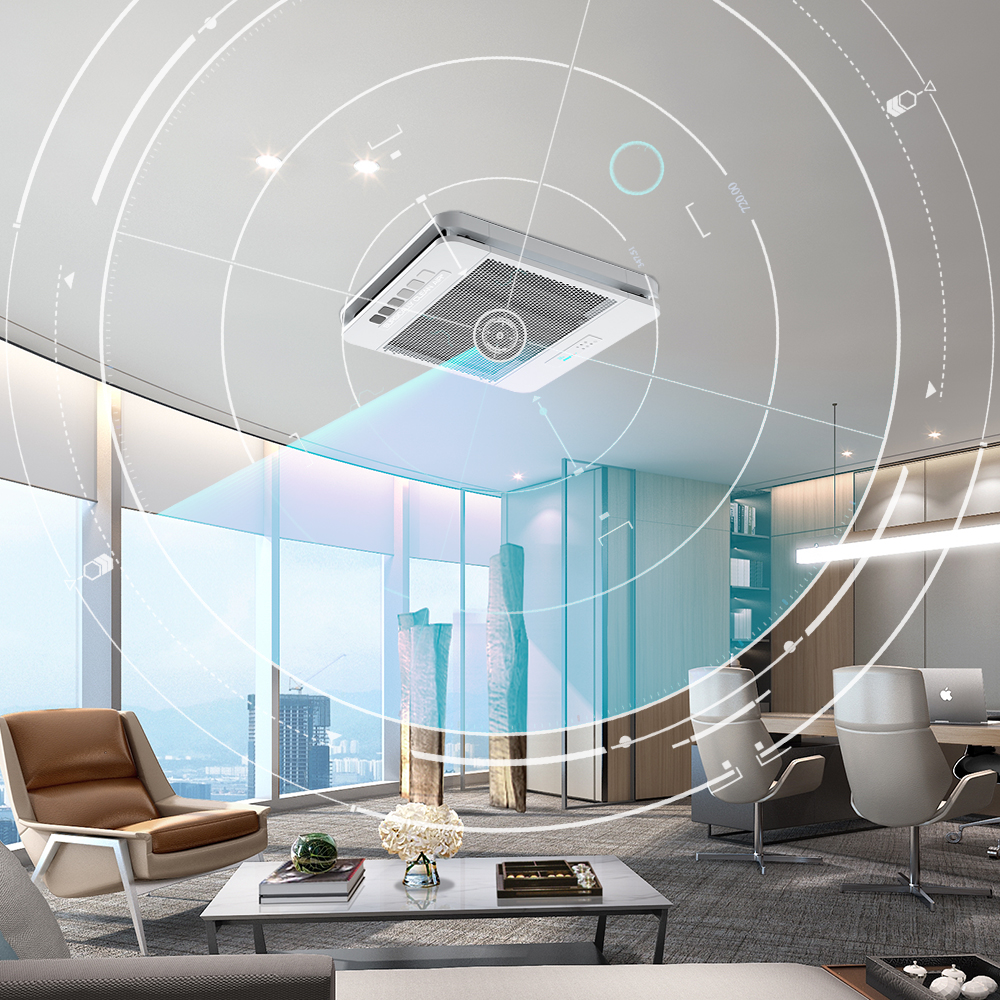
HisoAir - Ceiling Air Purifier HA800
Section 5: Beyond the Basics: Whole-Home Filtration and HVAC Systems
While portable air purifiers offer localized solutions, a more integrated approach to indoor air quality involves leveraging your home's existing infrastructure, particularly the Heating, Ventilation, and Air Conditioning (HVAC) system. Whole-home filtration systems, often integrated with HVAC, can provide a more consistent and comprehensive air cleaning solution for your entire living space.
5.1 Leveraging Your Existing Infrastructure: Upgrading HVAC Filters Using the MERV Rating System
Your home's HVAC system already plays a crucial role in circulating air, and with a simple upgrade, it can become a powerful tool for whole-home air filtration. The effectiveness of an HVAC filter is measured by its Minimum Efficiency Reporting Value (MERV) rating. MERV ratings range from 1 to 20, with higher numbers indicating greater filtration efficiency. Standard furnace filters typically have a MERV rating of 1-4, which is only effective at capturing large particles like dust and lint.
Upgrading to a higher MERV filter (e.g., MERV 8-13) can significantly improve your indoor air quality by capturing smaller particles, including pollen, mold spores, pet dander, and even some bacteria [9]. However, it's important to note that very high MERV filters (MERV 14 and above) can restrict airflow, potentially straining your HVAC system and increasing energy consumption. Consult with an HVAC professional to determine the highest MERV rating your system can handle without compromising its efficiency.
5.2 Portable HEPA Purifiers vs. High-MERV HVAC Filters: A Head-to-Head Comparison of Efficacy and Consistency
Both portable HEPA purifiers and high-MERV HVAC filters aim to improve indoor air quality, but they operate differently and offer distinct advantages and disadvantages:
| 기능 | Portable HEPA Purifiers | High-MERV HVAC Filters |
|---|---|---|
| Targeted Area | Specific rooms or zones | Entire home (when HVAC is running) |
| 필터링 수준 | Excellent for particles (0.3 microns and larger) | Good for particles (depending on MERV rating) |
| VOC/Odor Removal | Often include activated carbon for VOCs/odors | Limited to no VOC/odor removal |
| 에너지 소비량 | Individual unit consumption | Can increase HVAC energy consumption if too restrictive |
| 설치 | 플러그 앤 플레이 | Requires professional installation/HVAC compatibility check |
| 유지 관리 | Regular filter replacement (unit-specific) | Regular filter replacement (HVAC system) |
| 비용 | Initial unit cost + filter replacement | Filter cost + potential HVAC system strain/upgrade |
Portable HEPA purifiers offer targeted, high-efficiency filtration for specific areas, making them ideal for bedrooms or living rooms where air quality is a primary concern. They also often include activated carbon filters, which are essential for removing gases and odors. High-MERV HVAC filters, on the other hand, provide a more consistent, whole-home approach to particle filtration, working silently in the background. However, they typically do not address gaseous pollutants.
5.3 The Ultimate Solution: An Integrated Approach Combining Both Systems for Maximum Benefit
For the most comprehensive and effective indoor air quality solution, an integrated approach combining both portable air purifiers and an upgraded HVAC filtration system is often the ultimate solution. This strategy leverages the strengths of both systems:
- Whole-Home Baseline: A high-MERV HVAC filter provides a foundational level of particle filtration throughout your entire home, reducing the overall pollutant load.
- Targeted Enhancement: Portable HEPA purifiers with activated carbon filters can be strategically placed in high-traffic areas or rooms with specific concerns (e.g., bedrooms for allergy sufferers, kitchens for cooking odors) to provide an extra layer of targeted purification and address VOCs and odors that HVAC filters cannot.
This integrated approach ensures that your home benefits from both continuous, background air cleaning and localized, high-efficiency purification where it's needed most, creating an optimal indoor environment for health and well-being.
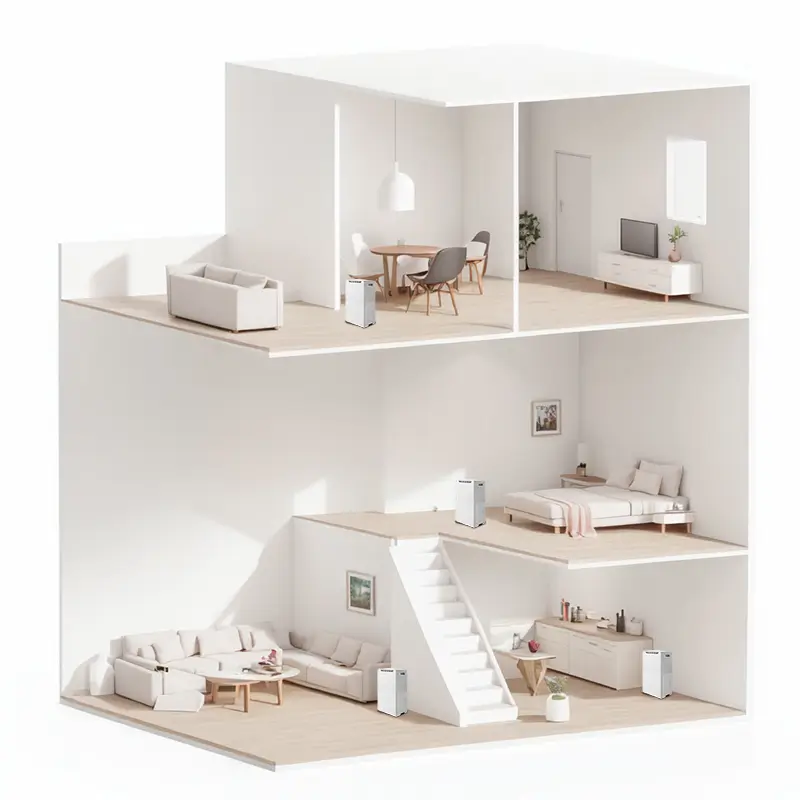
HisoAir - High-Capacity Dehumidifier DM-A216
Section 6: The Financial Blueprint: Total Cost of Ownership
Investing in air purification is not just about the initial purchase price; it involves a total cost of ownership that includes ongoing expenses. Understanding these costs is essential for making a financially sound decision that aligns with your budget and air quality goals.
6.1 Initial Investment: Comparing the Upfront Costs of Different Strategies
The upfront cost of air purification can vary significantly depending on the strategy you choose:
- Single Portable Unit: A basic portable air purifier for a small to medium-sized room can range from $100 to $300. High-capacity units for larger spaces or those with advanced features can cost $300 to $800 or more.
- Multiple Portable Units: If you opt for the "one in every room" approach, the initial investment will multiply based on the number of rooms and the quality of the units. For example, equipping three rooms with mid-range purifiers could cost $600 to $1,500.
- Whole-Home HVAC Filtration Upgrade: Upgrading your HVAC system with higher MERV filters is relatively inexpensive, with filters costing $20 to $50 each, replaced every 1-3 months. However, if your HVAC system requires modifications to accommodate higher MERV filters, the installation cost could range from a few hundred to over a thousand dollars.
6.2 The Hidden Cost: Analyzing Long-Term Filter Replacement Expenses
Filter replacement is often the most significant ongoing cost associated with air purifiers. The frequency and cost of replacements depend on the type of filter, the air quality in your home, and the purifier's usage.
- HEPA 필터: Typically need to be replaced every 6-12 months, costing $30 to $100 per filter.
- 활성탄 필터: May need more frequent replacement, every 3-6 months, especially in homes with strong odors or high VOC levels, costing $20 to $80 per filter.
- Pre-filters: Some purifiers have washable pre-filters, which can reduce replacement costs, but others require replacement every few months, costing $10 to $30.
For a home with multiple purifiers, these costs can quickly add up. For instance, if you have three purifiers, each requiring a HEPA and carbon filter replacement annually, you could be looking at $150 to $540 per year in filter costs alone.
6.3 The Daily Toll: Calculating Energy Consumption
Air purifiers consume electricity, and while individual units may not be major energy hogs, their continuous operation can contribute to your electricity bill. The energy consumption varies by model and fan speed. Most portable air purifiers consume between 25 to 100 watts. Running a 50-watt air purifier 24/7 would consume approximately 438 kWh per year. At an average electricity rate of $0.15 per kWh, this would add about $65.70 to your annual electricity bill per unit. For multiple units, this cost would also multiply.
Table 3: Estimated Annual Operating Costs for a Single Air Purifier
| Expense Category | Estimated Annual Cost (USD) |
|---|---|
| HEPA Filter Replacement | $30 - $100 |
| Activated Carbon Filter Replacement | $40 - $160 |
| Electricity Consumption | $30 - $150 |
| Total Estimated Annual Cost | $100 - $410 |
Note: These are estimates and actual costs may vary based on usage, filter type, and local electricity rates.
Considering the initial investment, filter replacements, and energy consumption, the total cost of ownership for air purification can be substantial. It's crucial to factor these long-term expenses into your decision-making process to ensure that your chosen solution is not only effective but also financially sustainable.
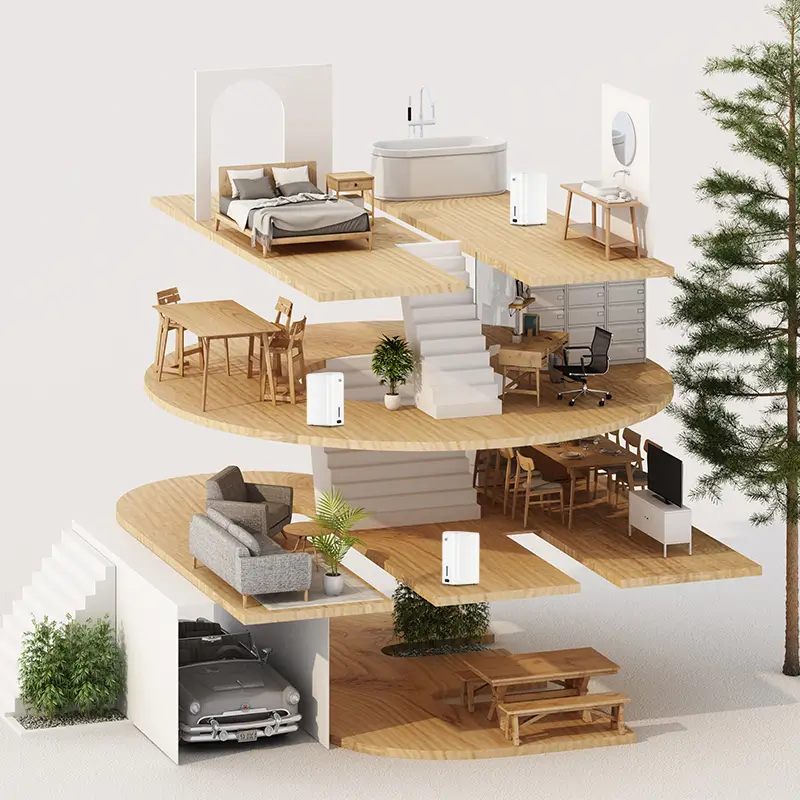
HisoAir - High-Performance Dehumidifier with Air Purifier DM-A212
Section 7: Tailored Recommendations and Final Verdict
Deciding whether to place an air purifier in every room is a nuanced decision, influenced by individual health needs, home characteristics, and financial considerations. Based on the comprehensive analysis presented, we can develop a decision framework to guide you towards the most effective and practical air purification strategy for your specific situation.
7.1 Decision Framework 1: Based on Health Needs
Your primary motivation for air purification often dictates the intensity and coverage required:
-
For Allergy and Asthma Sufferers: If you or a family member suffer from severe allergies, asthma, or other respiratory sensitivities, a more aggressive approach is warranted. In this scenario, placing a high-CADR HEPA air purifier in every bedroom and primary living area is highly recommended. These individuals are particularly sensitive to even low levels of airborne allergens and irritants, making comprehensive coverage crucial for symptom management and improved quality of life. Consider units with activated carbon filters to address VOCs and odors that can also trigger symptoms.
-
For General Wellness and Proactive Health: For households primarily focused on general wellness, reducing exposure to everyday pollutants, and maintaining a healthy indoor environment, a targeted approach is often sufficient. Prioritize placing air purifiers in high-traffic areas like the living room and bedrooms. A single, high-capacity unit in an open-concept living space, complemented by smaller units in individual bedrooms, can provide significant benefits without the need for a purifier in every single room.
7.2 Decision Framework 2: Based on Home Layout and Size
The physical characteristics of your home play a critical role in determining the optimal placement and number of air purifiers:
-
Studios and Small Apartments: For compact living spaces, a single, well-placed air purifier with an appropriate CADR for the entire area can be highly effective. The open nature of studios allows for good air circulation, enabling one unit to clean the entire space efficiently.
-
Compartmentalized Homes: In homes with many separate rooms, a multi-purifier strategy is almost always necessary. Air does not easily flow between closed-off rooms, so a purifier in one room will have minimal impact on the air quality in an adjacent, closed room. Focus on placing units in frequently occupied rooms, such as bedrooms, living rooms, and home offices.
-
Multi-Story Houses: For multi-story residences, it is essential to have at least one air purifier on each level. Air stratification means that pollutants on one floor will largely remain on that floor. Placing a unit on each level ensures that all occupied areas benefit from air purification.
7.3 Final Verdict
In conclusion, while the idea of having an air purifier in every room might seem like the ultimate solution for pristine indoor air, for most households, a strategic, targeted deployment is often more practical, cost-effective, and equally effective. The key is to identify the areas where you spend the most time, where pollutant sources are highest, or where individuals with sensitivities reside. Combining portable air purifiers with an upgraded HVAC filtration system offers the most robust and comprehensive approach to indoor air quality management, providing both localized high-efficiency cleaning and a foundational level of whole-home filtration.
Ultimately, the decision to invest in air purifiers, and how many, should be a thoughtful one, balancing health priorities with practical considerations. By understanding the science, technology, and financial implications, you can create an indoor environment that truly supports your well-being without unnecessary expenditure.

